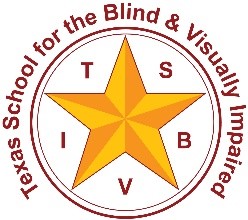Step 9 - Behavior Intervention Plan

Most school districts have specific forms that are used for developing a formal behavioral intervention plan that will list the specific interventions that should be provided when working with the child in order to:
- prevent the identified behavior from occurring,
- guide intervention when the distressed behavior is occurring, and
- provide intervention following an incident of the behavior.
Whatever form of online system is used to develop such a plan, it is critical that the Tier 3 level interventions and supports you have identified are included. This may mean that the form your district uses needs to include additional interventions and supports not listed. The unique intervention and support needs of a child who is deafblind or has visual and multiple impairments are often NOT listed on a typical form. However, most forms have a place to list “other” information.
An example of how this information might be included in a formal Behavior Intervention Plan can be found on pages 58-63 of the guidance document or you can go to Sample of Information to Include in the Behavior Intervention Plan.
Behavioral Supports Menu
About Guidance for Planning Behavior Intervention
Download the Guidance Document
- Positive Behavioral Interventions and Supports
- Research
- Impact on Social-Emotional Development and Learning
- Proactive Strategies to Avoid Distress (Tier 2)
- Responsive Strategies to Reduce Distress (Tier 3)
- Resources and References
- Forms for Behavioral Intervention and Support
- Sample of Information to Include in the Behavior Intervention Plan

